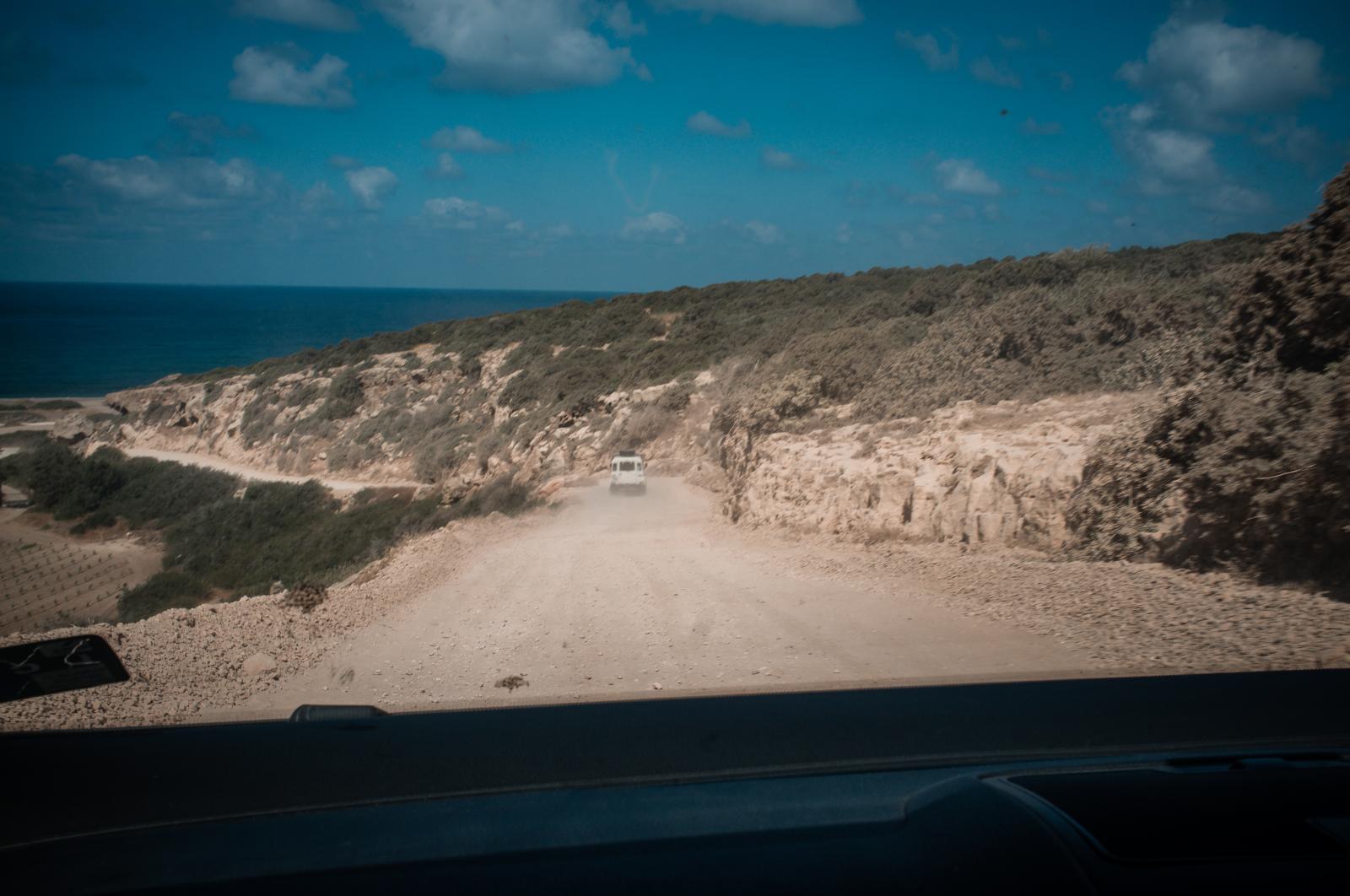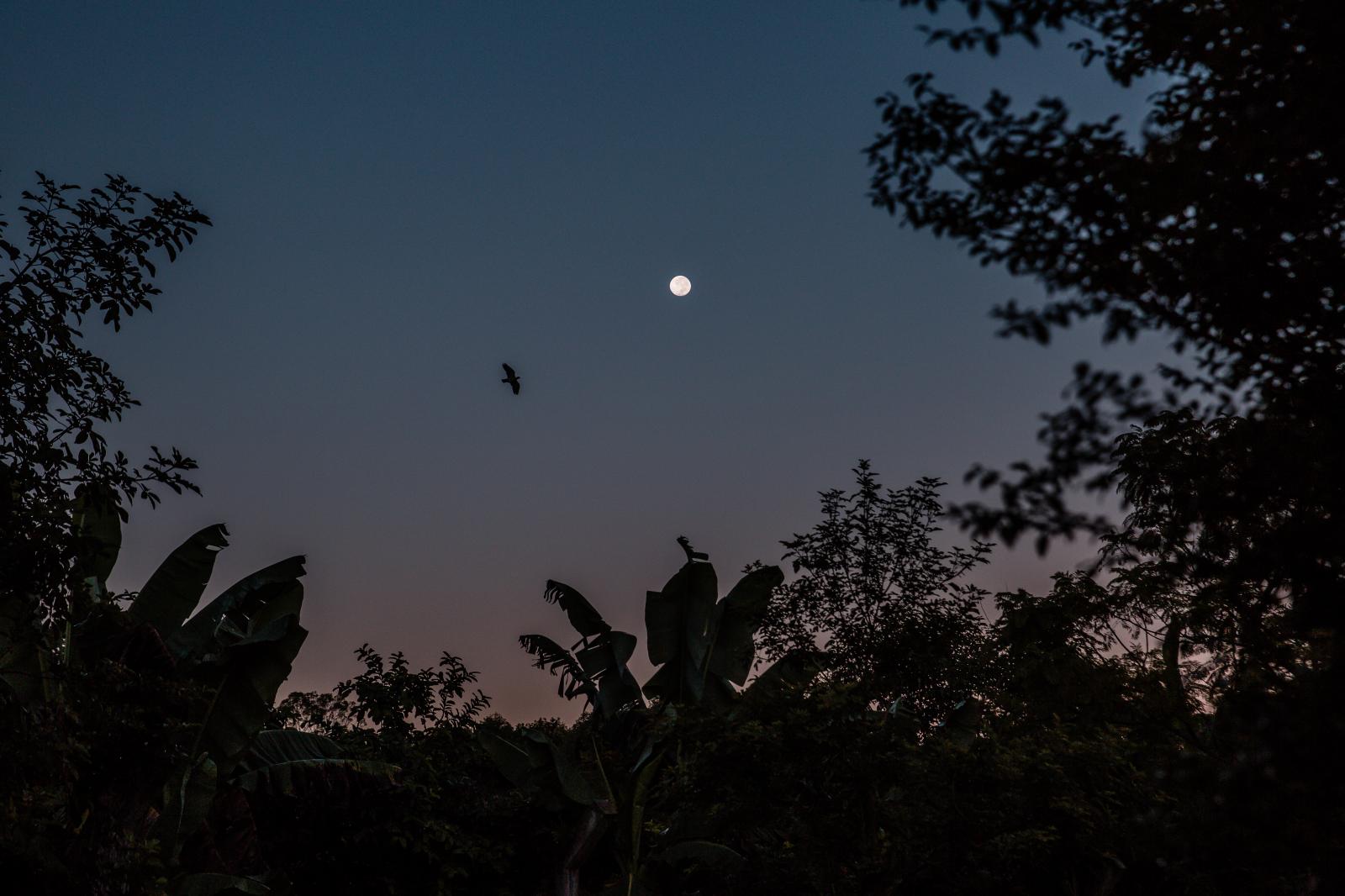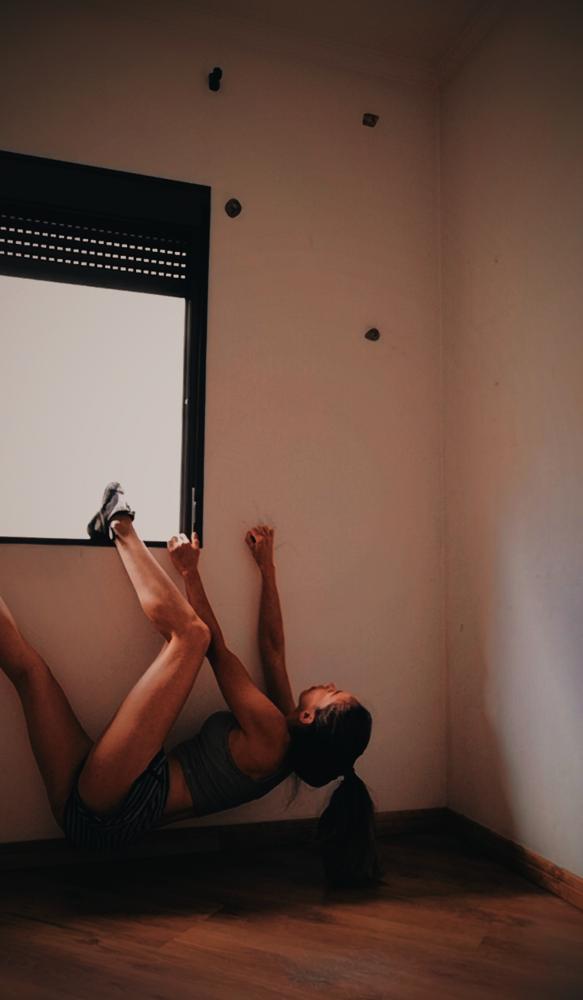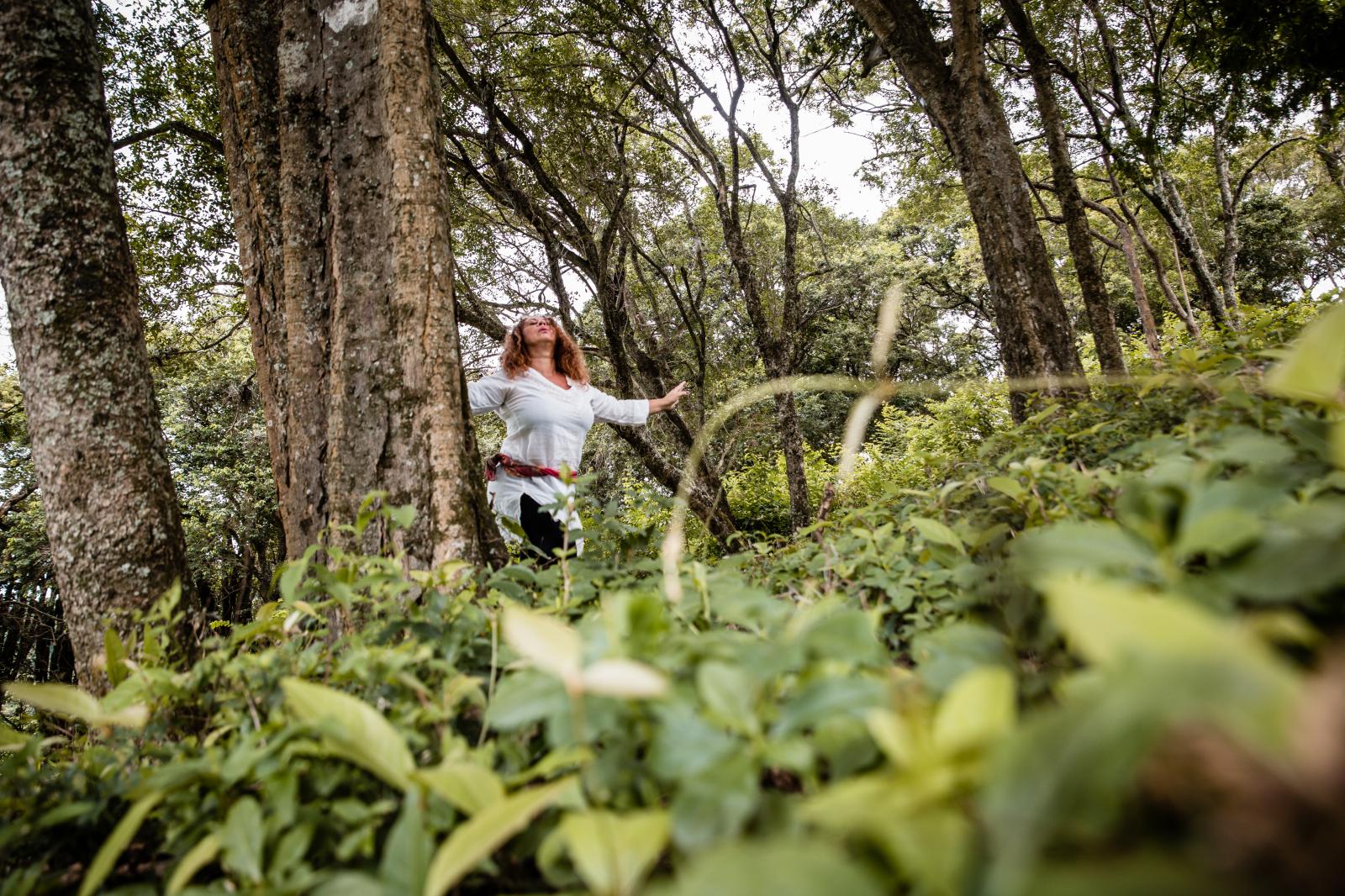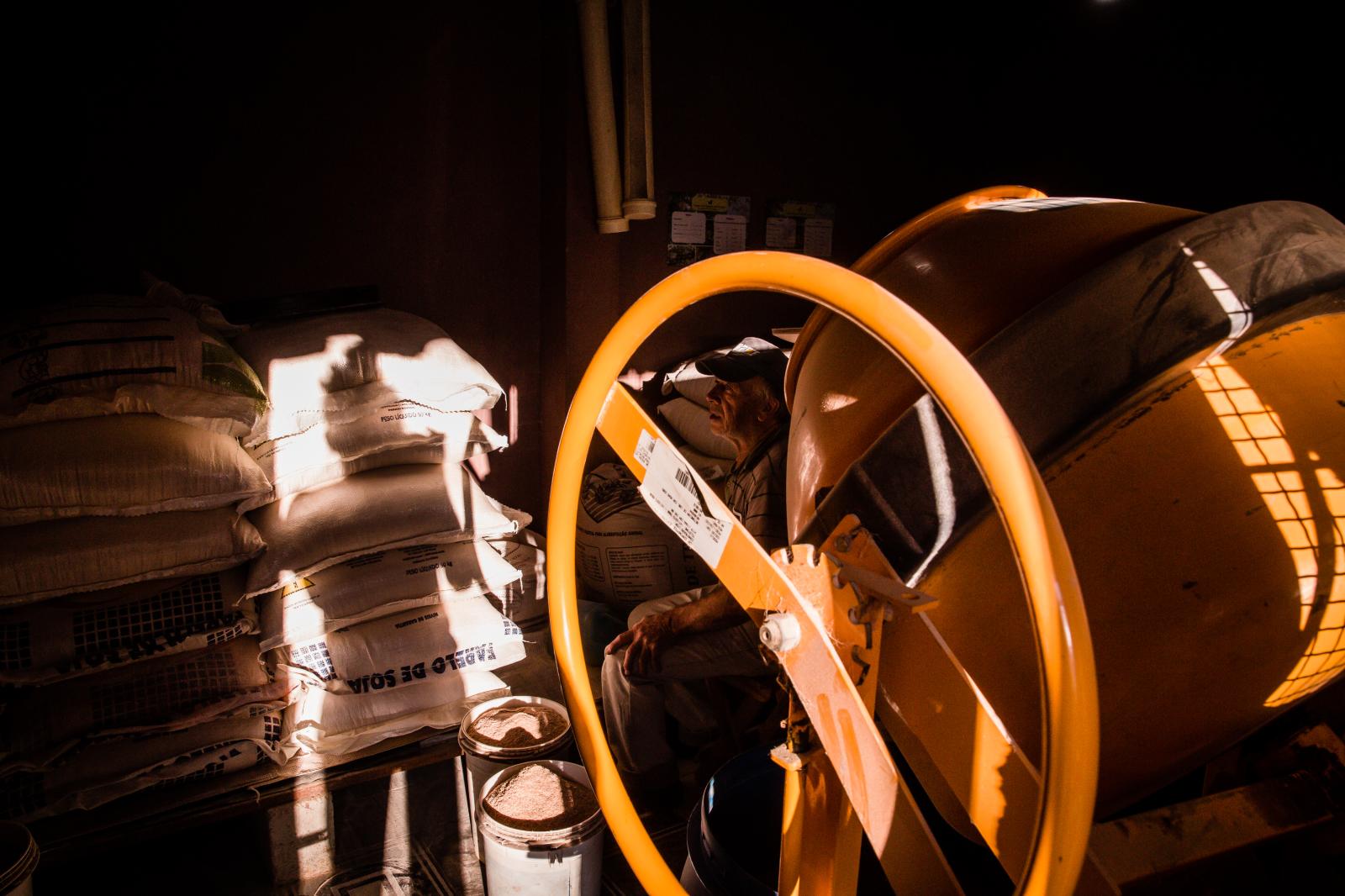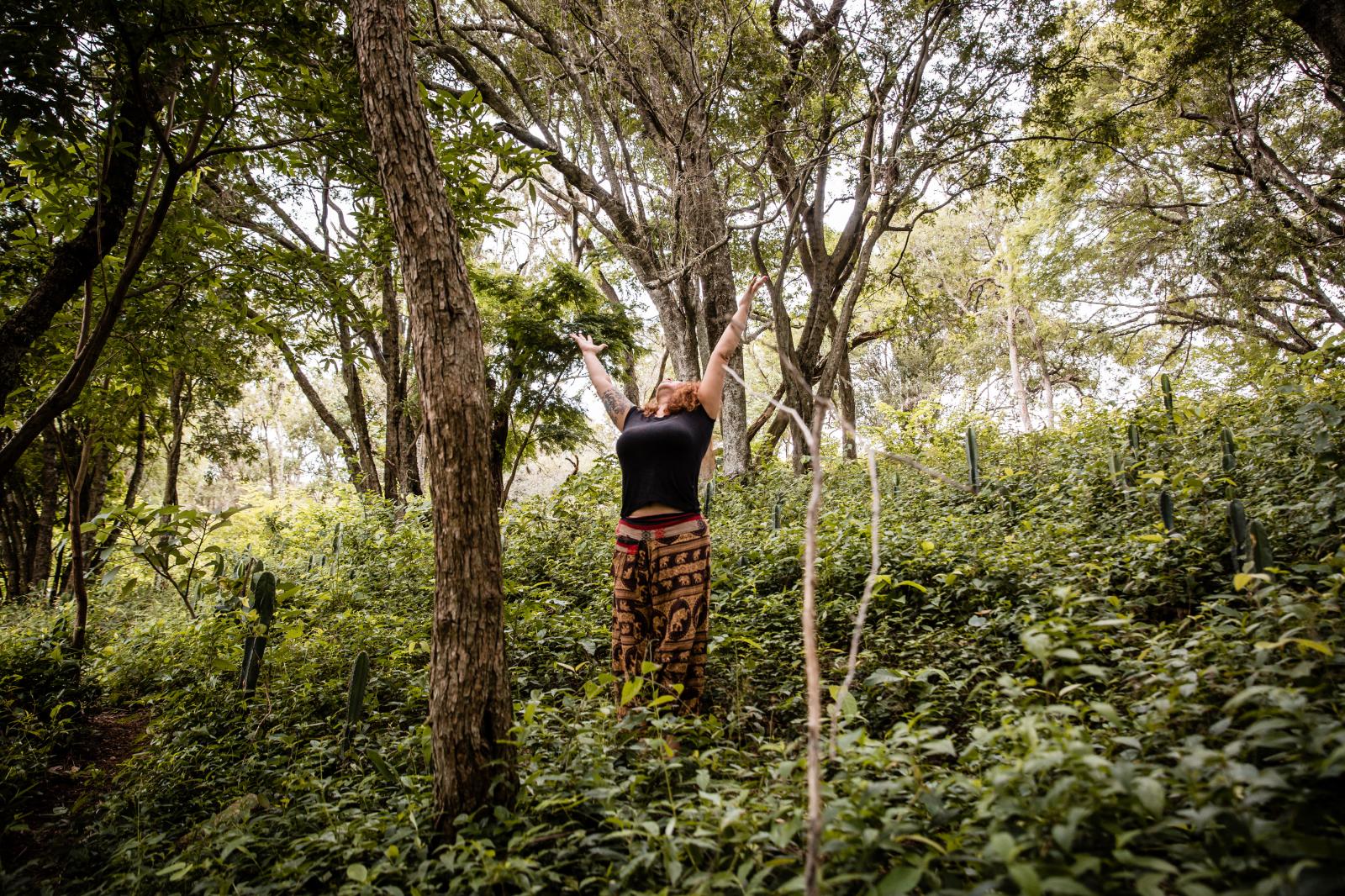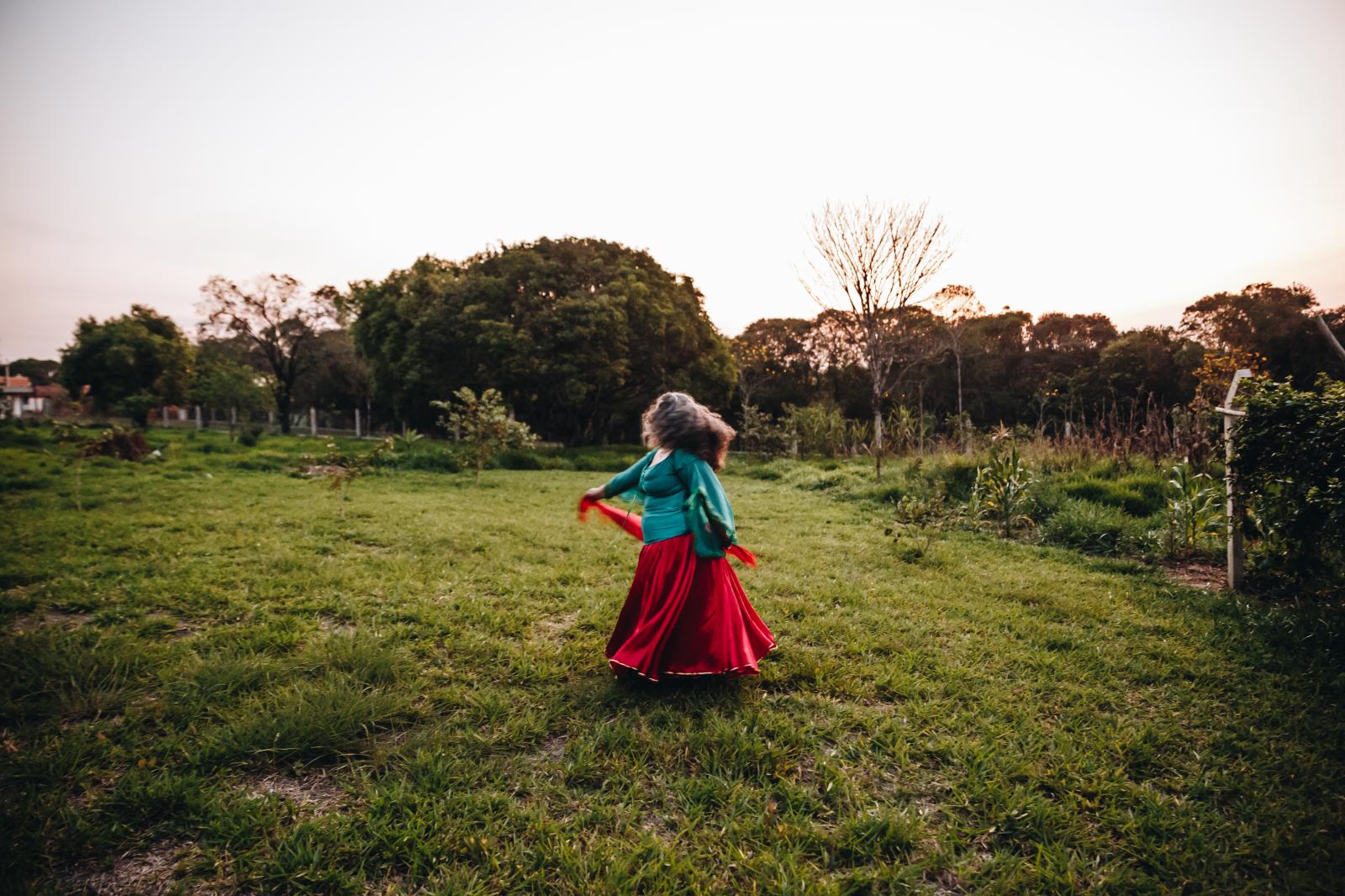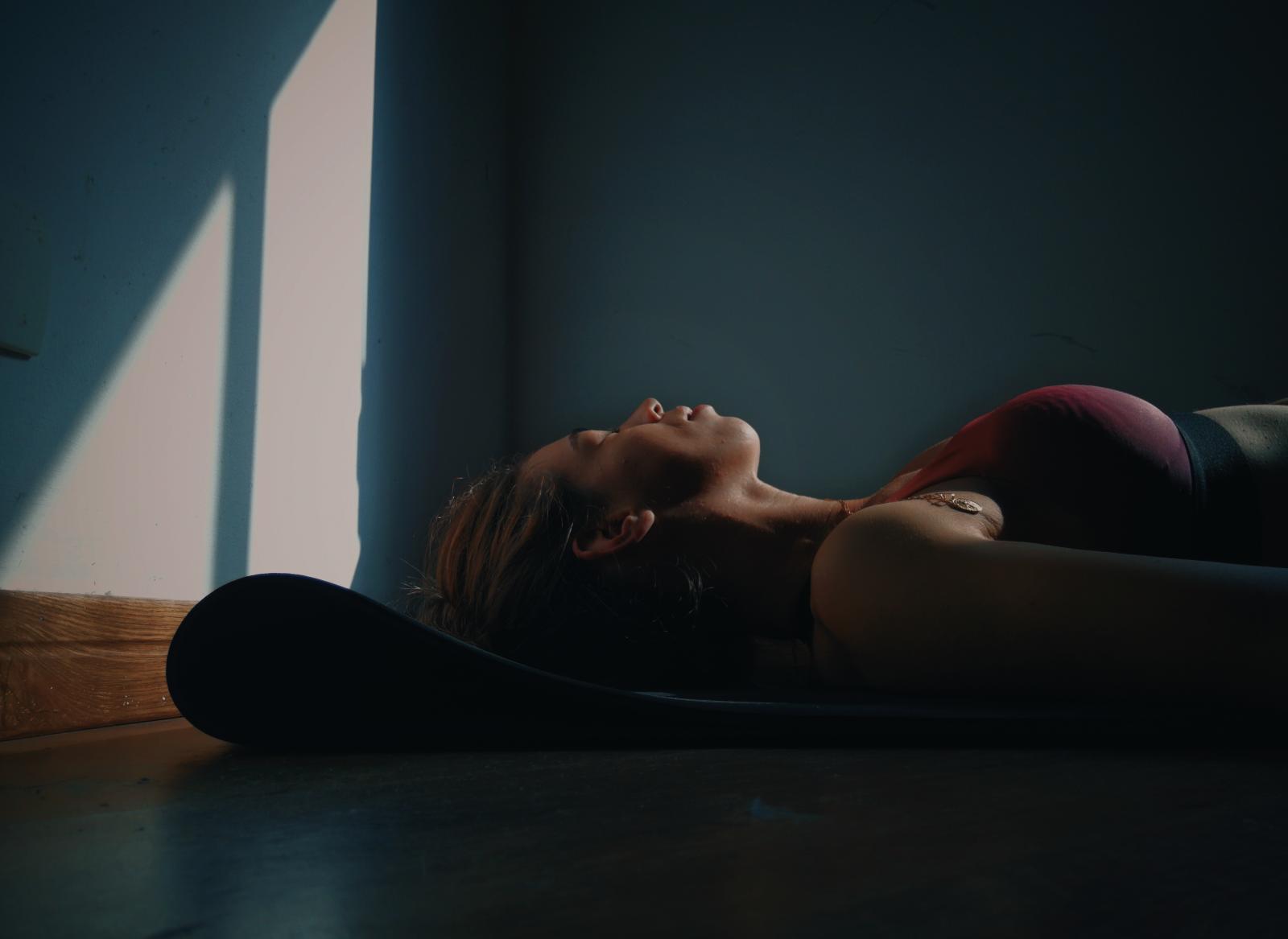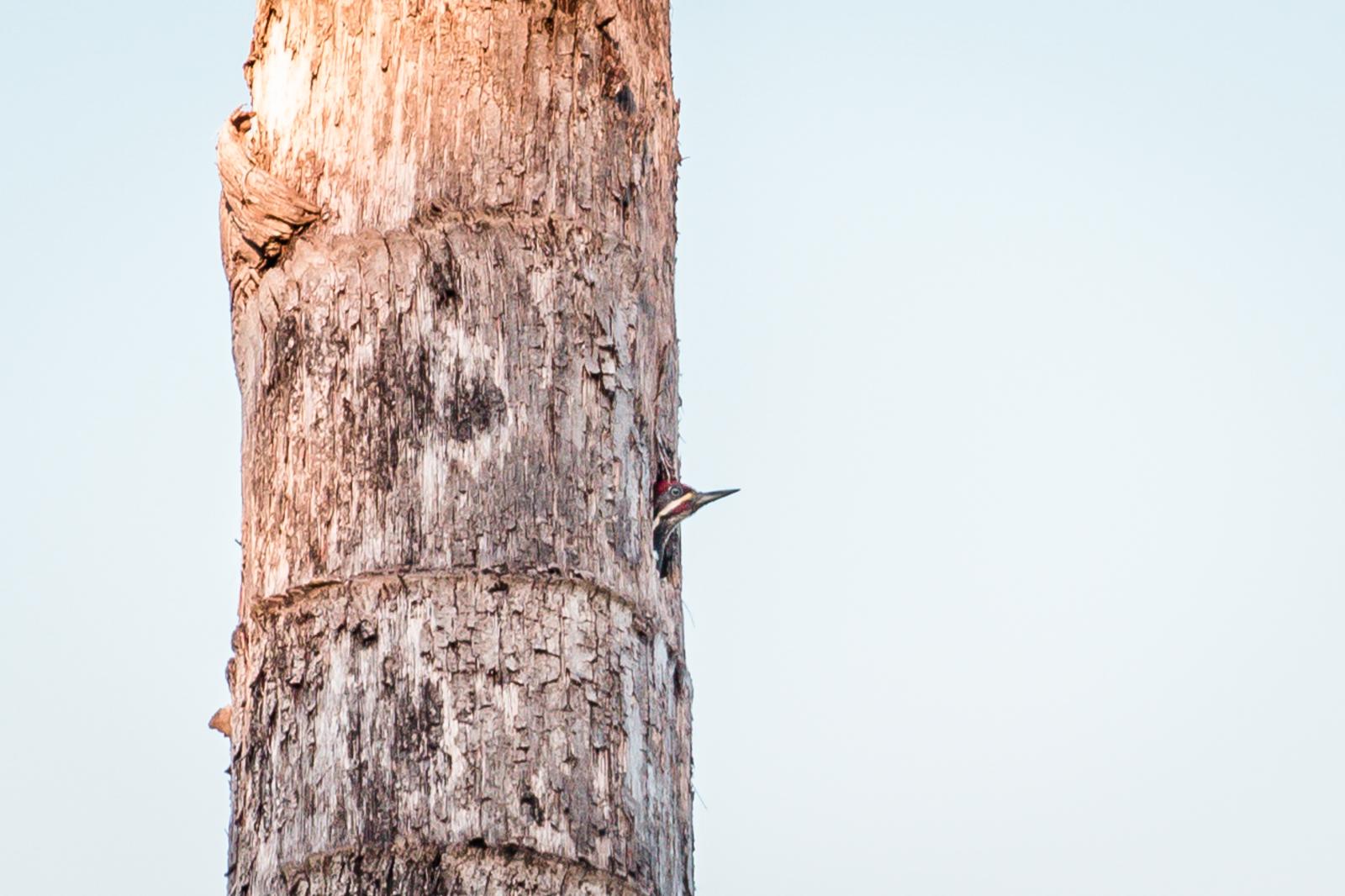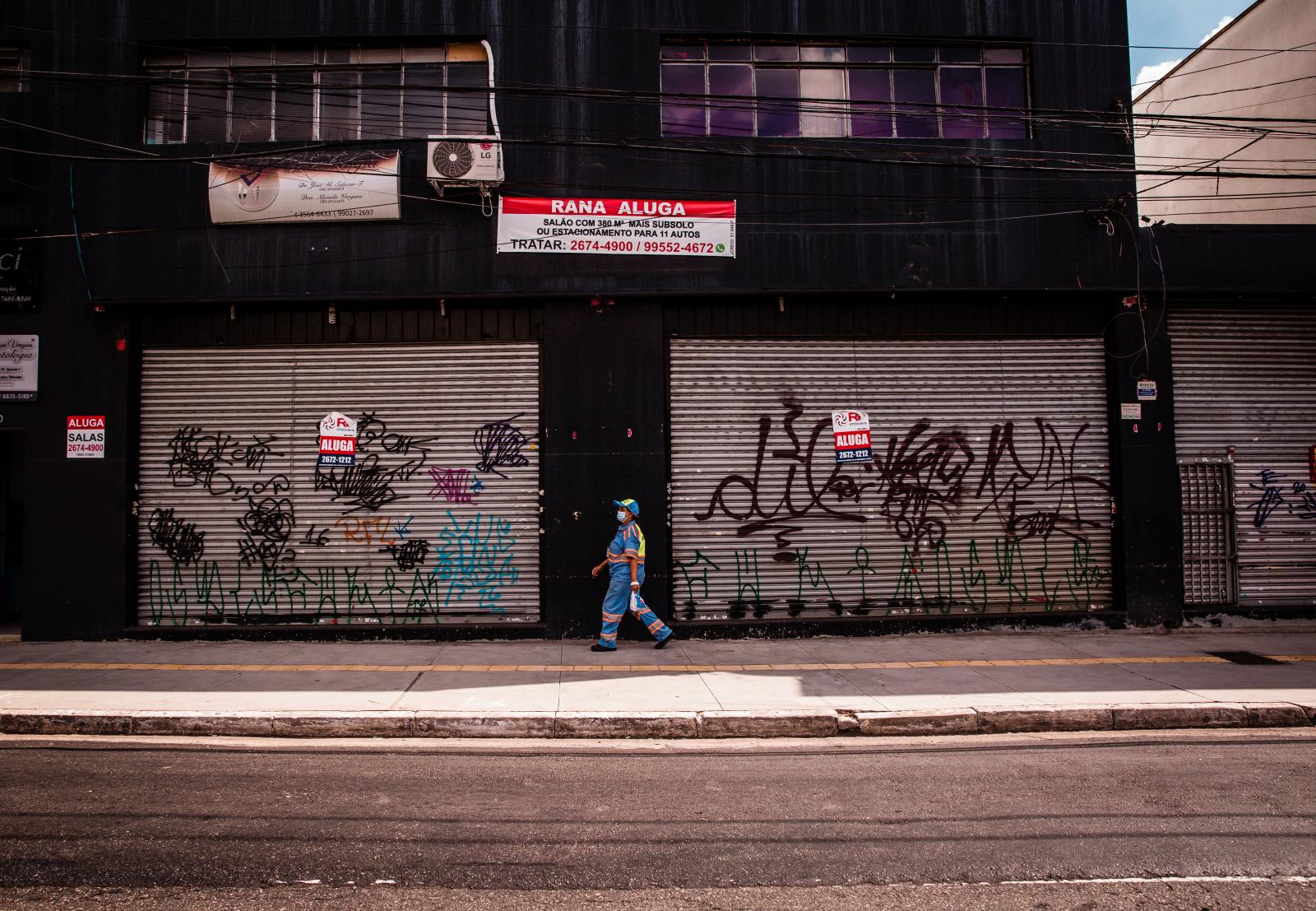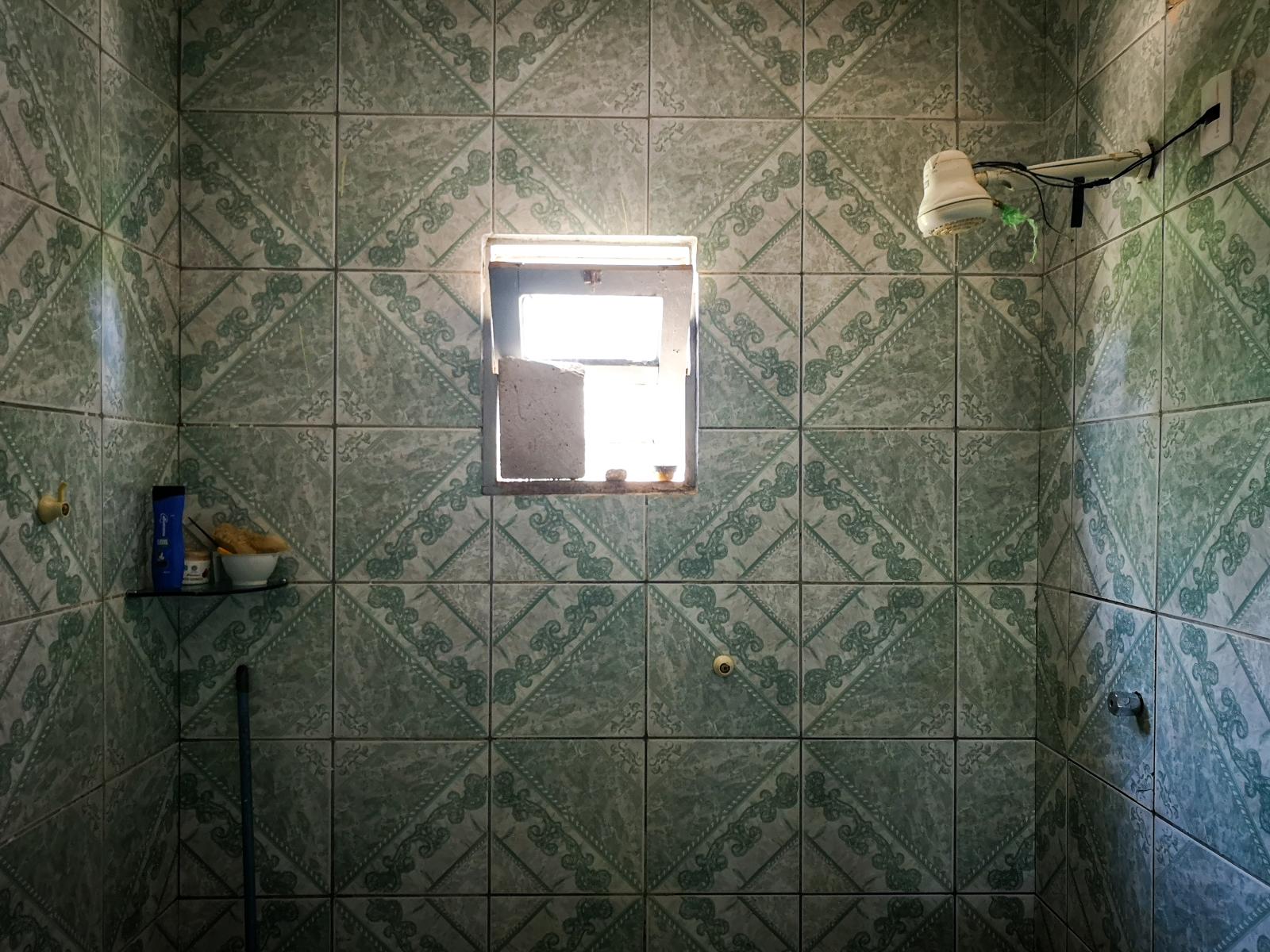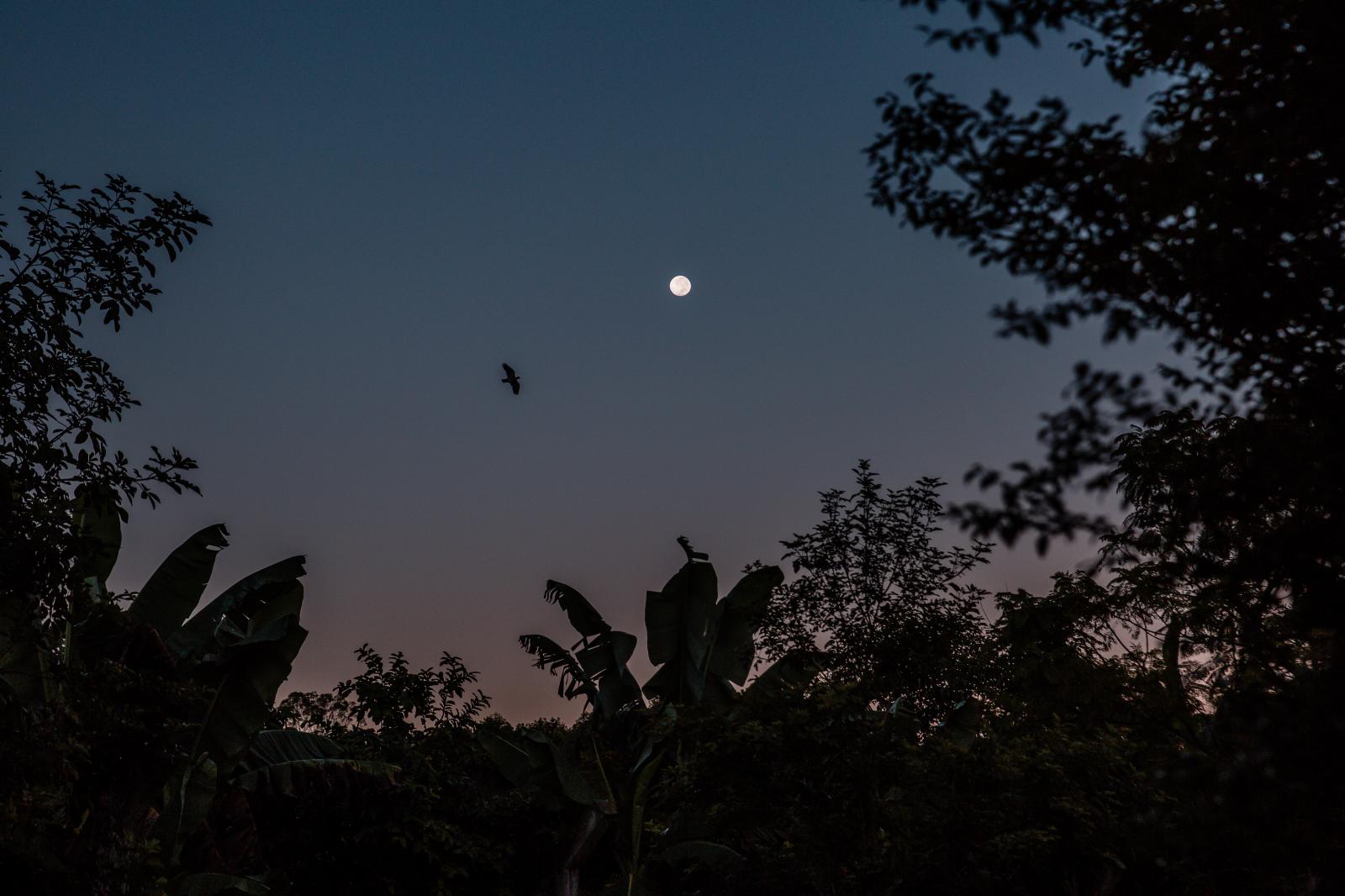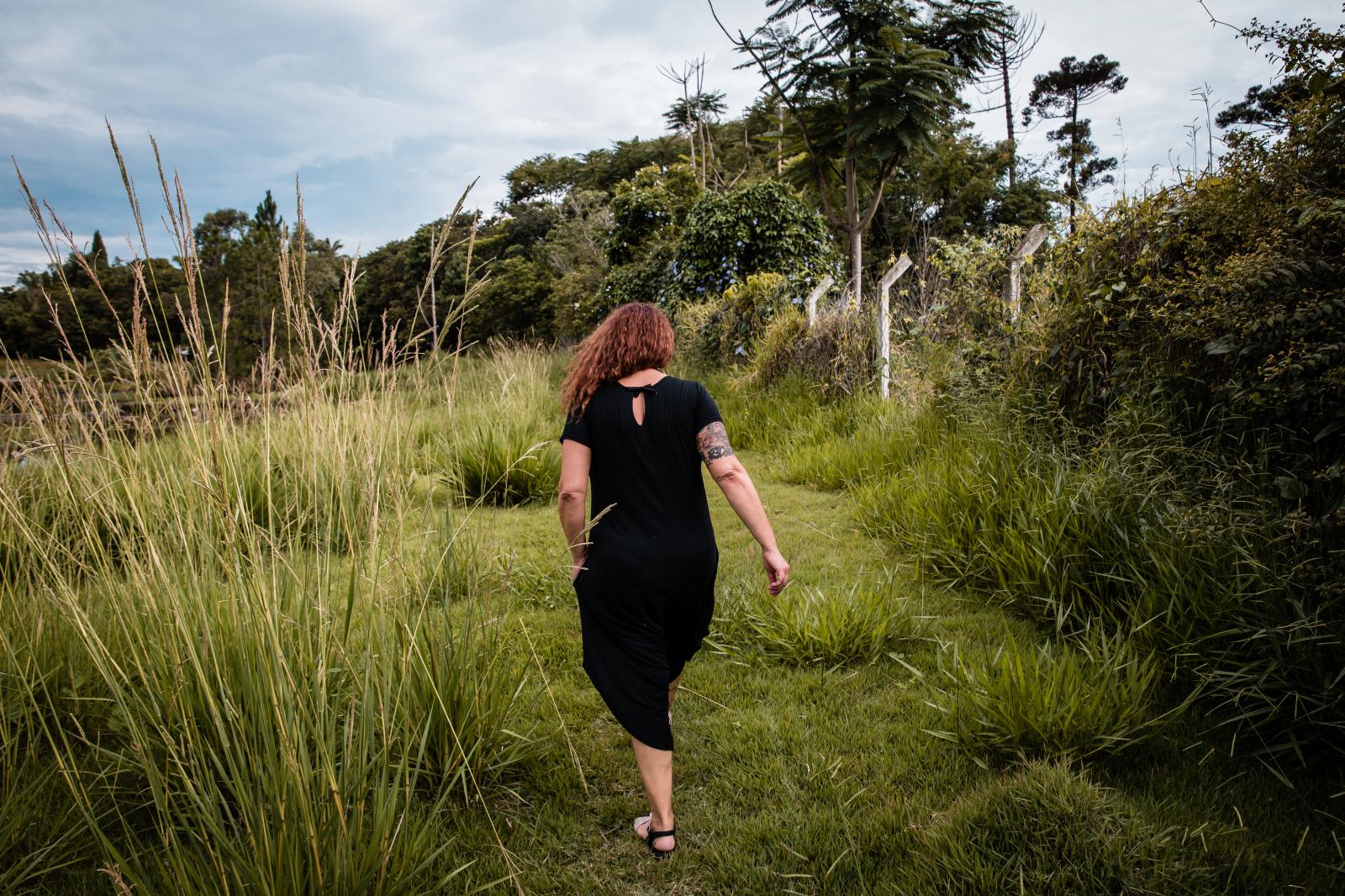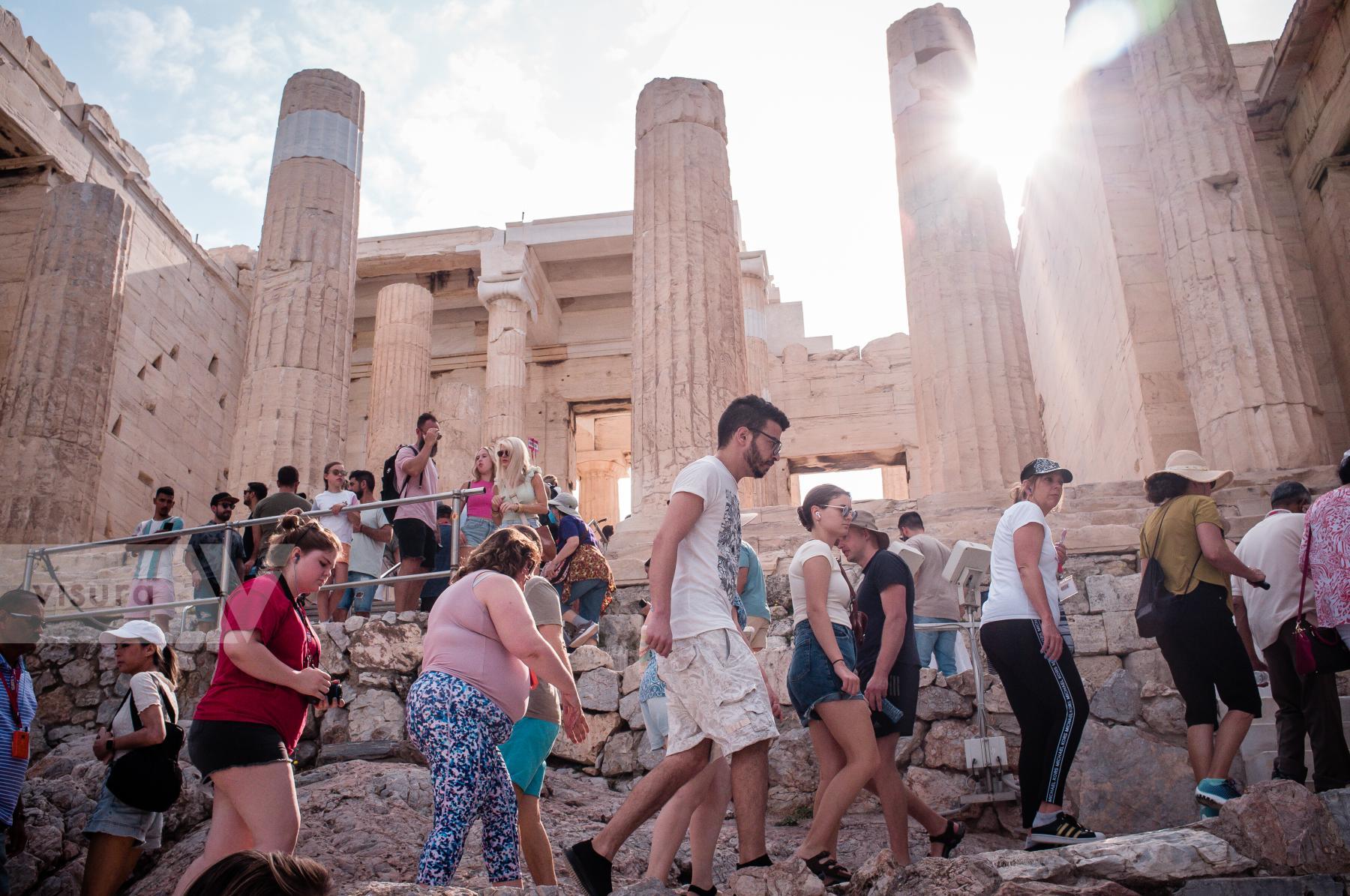
Tourist going up the hill of Acropolis before entering the Propylaea, in greek is monumental gateway. serves as the entrance to the Acropolis of Athens
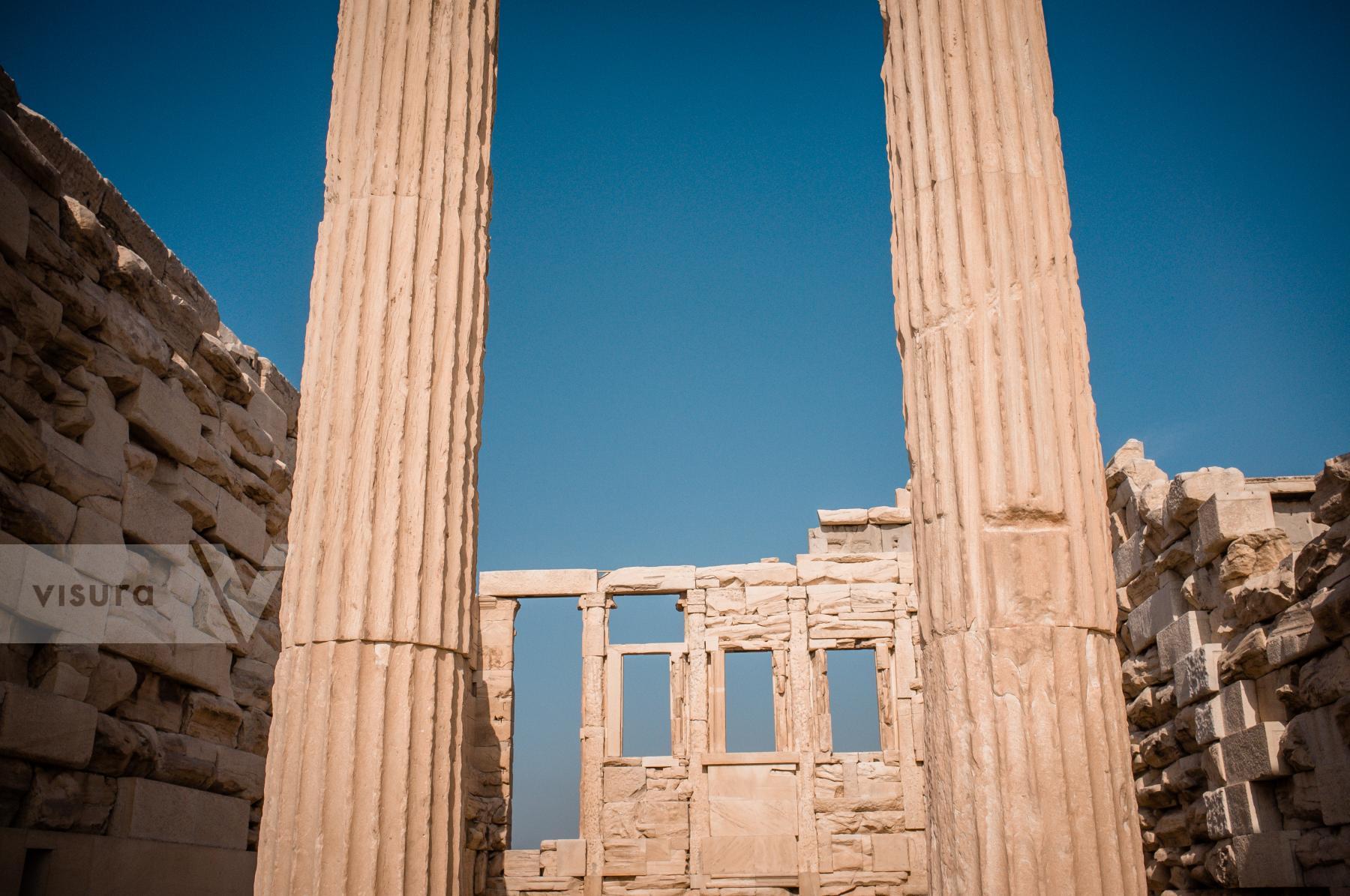
The Erechtheion, or Temple of Athena Polias is an ancient Greek Ionic temple on the north side of the Acropolis, Athens, which was primarily dedicated to the goddess Athena. The building, made to house the statue of Athena Polias, has in modern scholarship been called the Erechtheion (the sanctuary of Erechtheus or Poseidon) in the belief that Pausanias' description of the Erechtheion applies to this building.
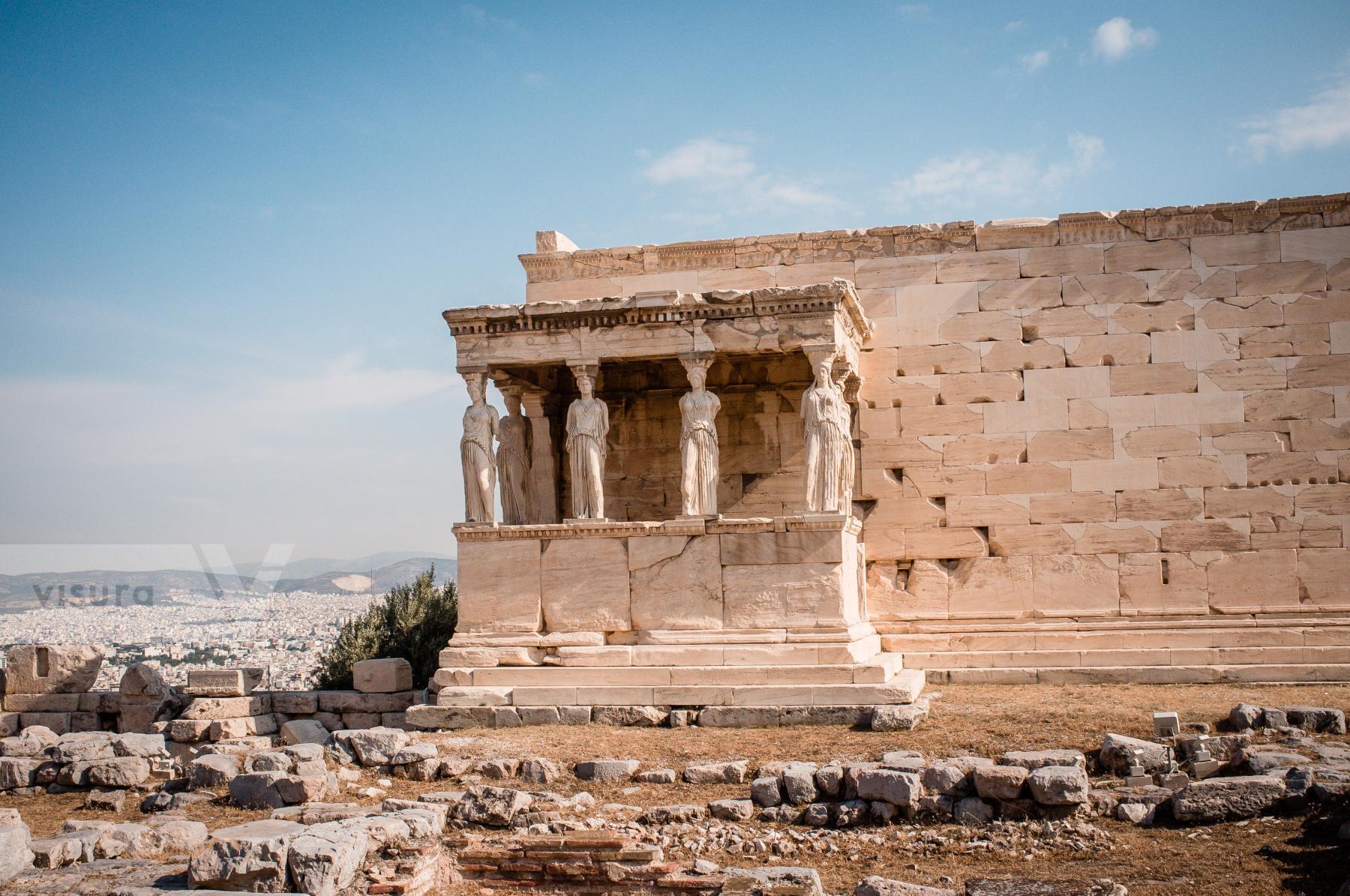
The Erechtheion, or Temple of Athena Polias is an ancient Greek Ionic temple on the north side of the Acropolis, Athens, which was primarily dedicated to the goddess Athena. The building, made to house the statue of Athena Polias, has in modern scholarship been called the Erechtheion (the sanctuary of Erechtheus or Poseidon) in the belief that Pausanias' description of the Erechtheion applies to this building.
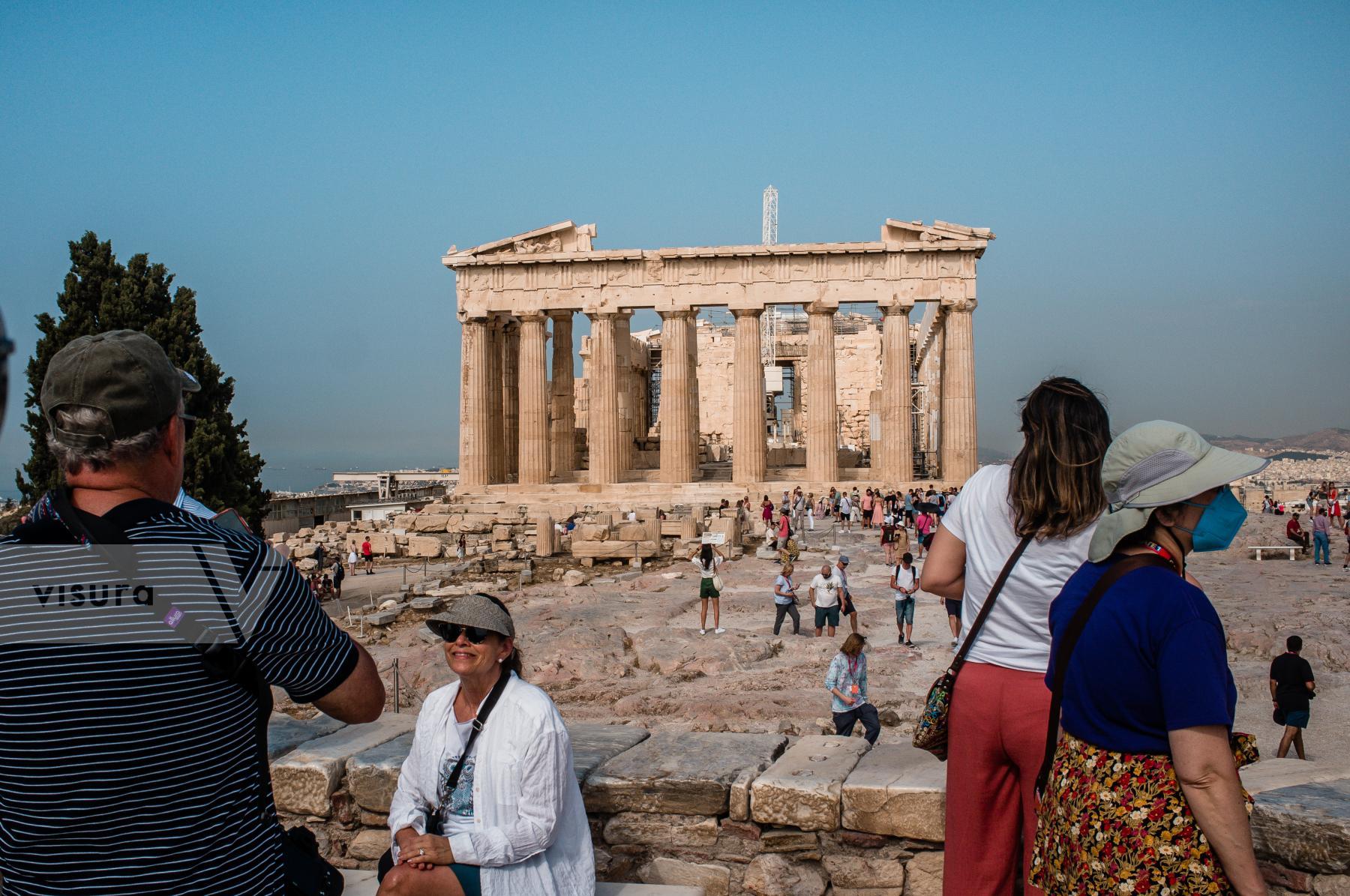
Tourist posing in front of The Parthenon, a former temple on the Athenian Acropolis, Greece, that was dedicated to the goddess Athena during the fifth century BC. Its decorative sculptures are considered some of the high points of Greek art, an enduring symbol of Ancient Greece, democracy and Western civilization.
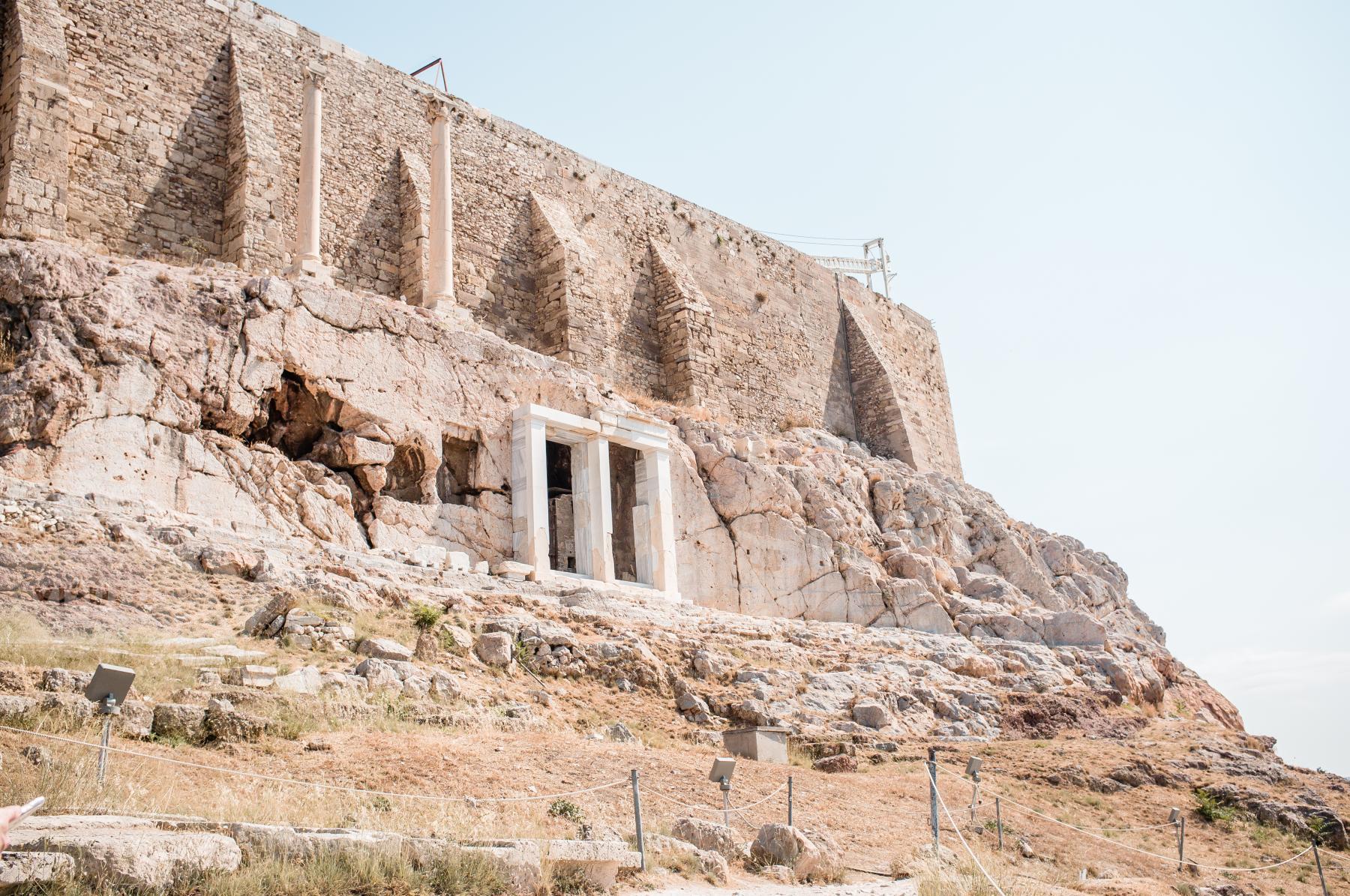
The secret chamber of Acropolis, a Byzantine church called Panagia Spilotissa, or also know as Virgin Mary of he Cave.

The Odeon of Herodes Atticus, is a stone Roman theatre structure located on the southwest slope of the Acropolis of Athens, Greece. It was built in AD 161, was originally a steep-sloped theatre with a three-story stone front wall and a wooden roof made of expensive cedar of Lebanon timber. It was used as a venue for music concerts with a capacity of 5,000. It lasted intact until it was destroyed and left in ruins by the Heruli in AD 267.
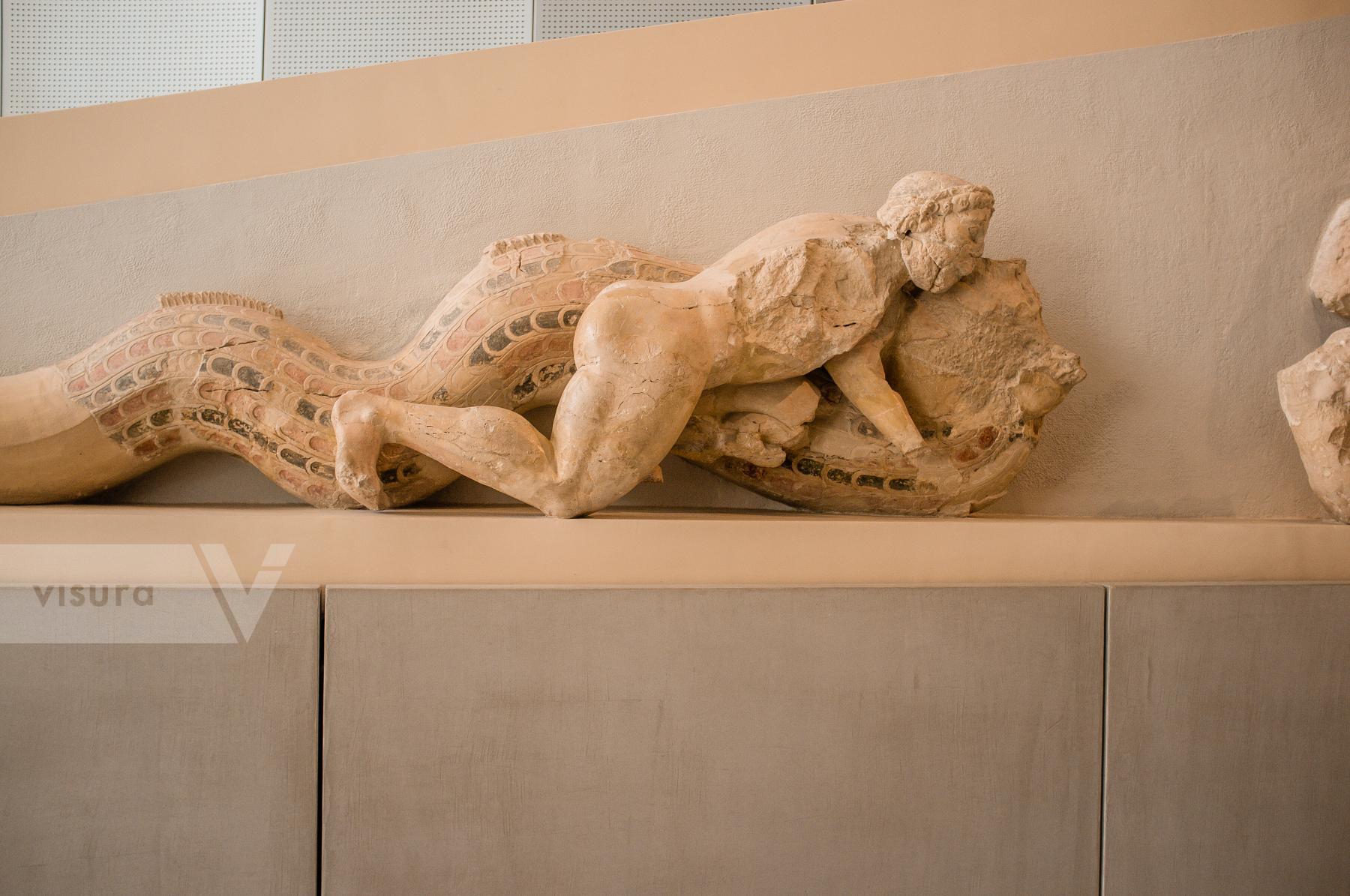
the sculpture of Herakles wrestling with a sea deamon in limestone.
The monster shows vividly painted scales in green, blue and red. Acropolis Museum

The Caryatid porch of the Erechtheion. A caryatid. is a sculpted female figure serving as an architectural support taking the place of a column or a pillar supporting an entablature on her head. Nowadays the originals are at Acropolis Museum and one in the British Museum.
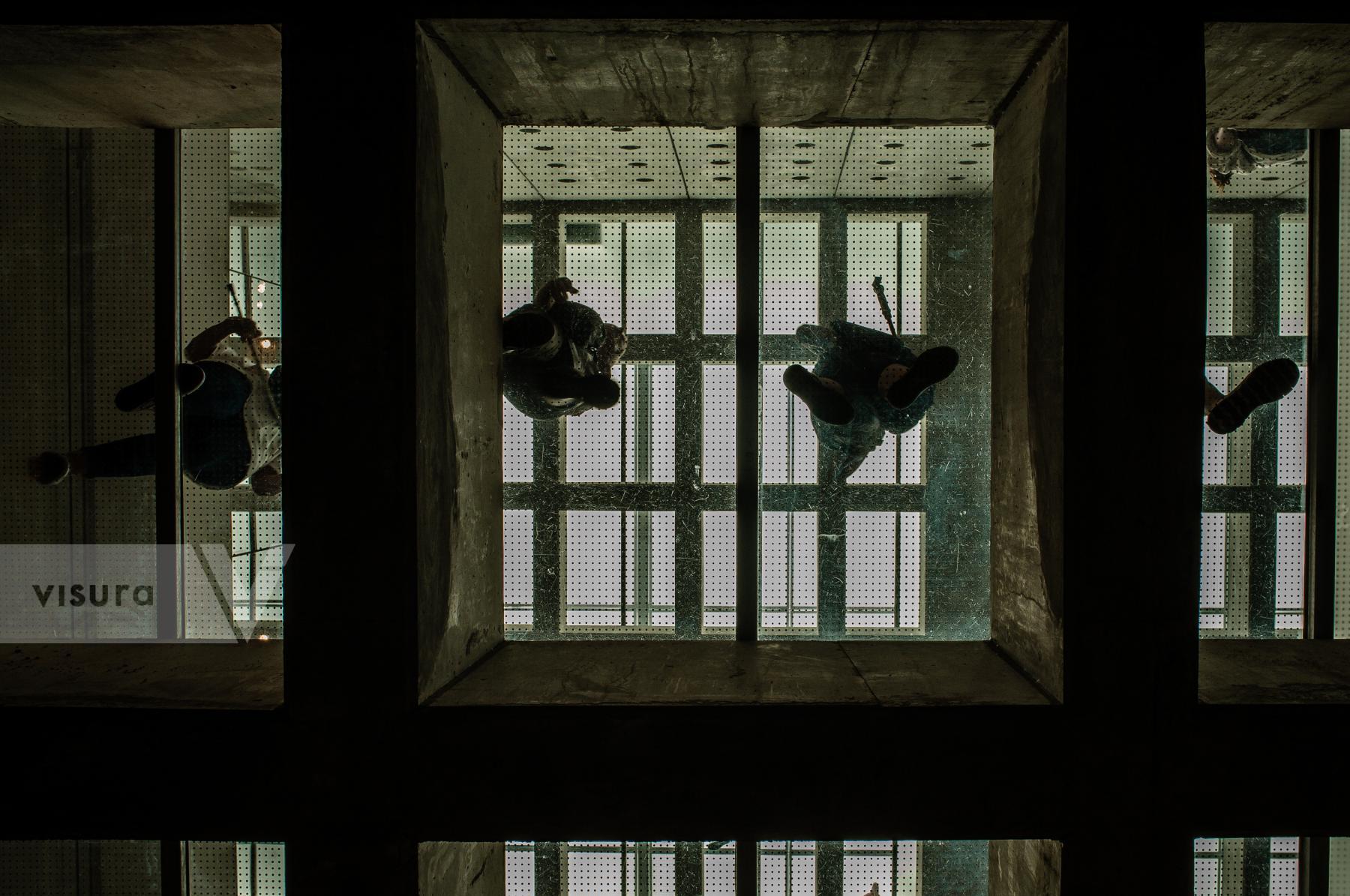
Visitor passing by the 2nd floor of the glass ceiling of the Acropolis Museum in Athens, Greece.
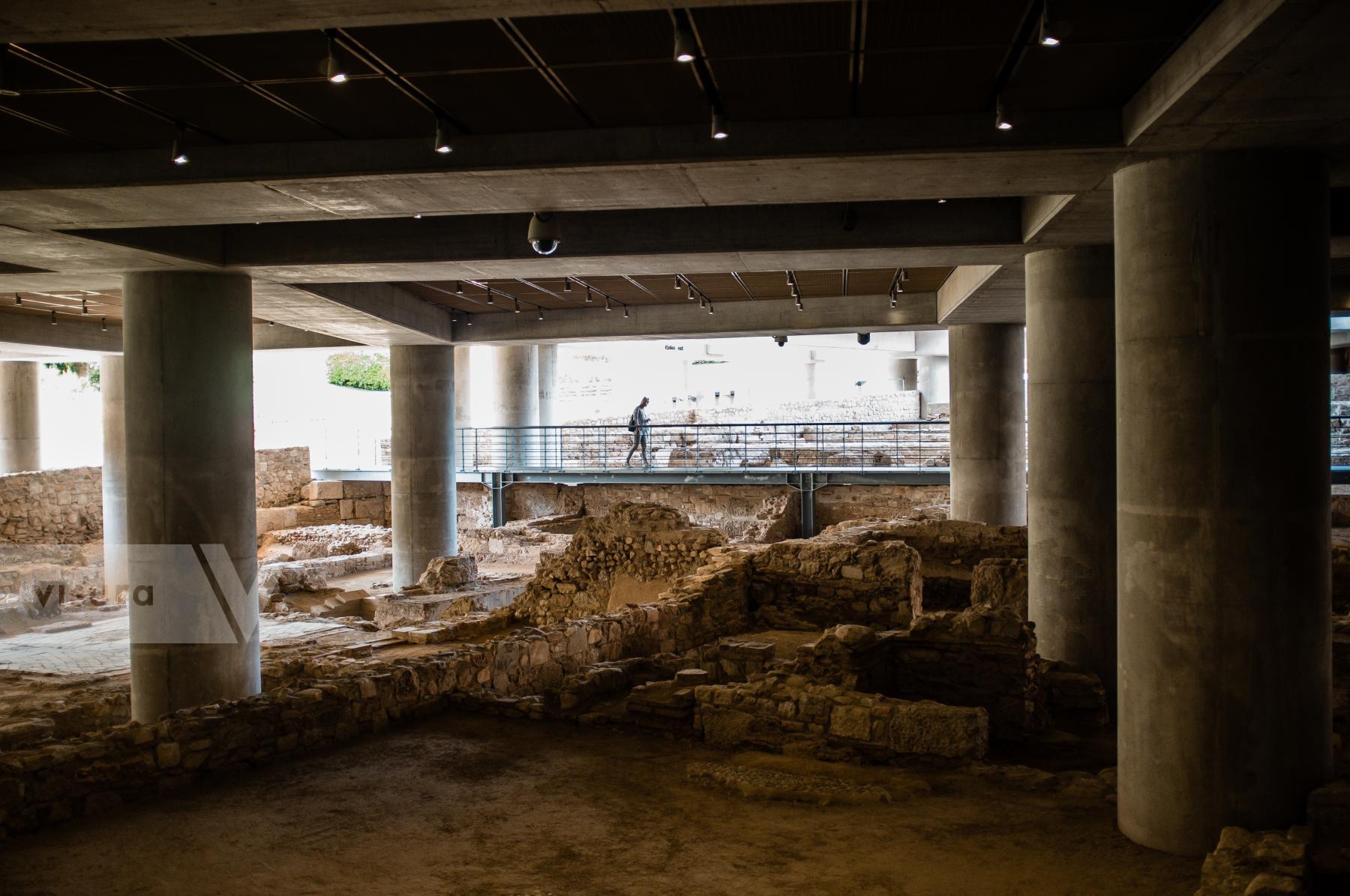
Beneath the Acropolis museum are the ruins of an ancient Athenian neighbourhood. Clearly visible are the remains of streets and houses, bathhouses and workshops. In what was initially considered a controversial move, the museum was constructed on the archaeology in such a way that enables visitors to look onto these ancient foundations. Although much of what you can see today dates to the late antiquity and early Byzantine periods (7th – 9th century AD), there are still traces of Athens from the fifth century BC.

Beneath the Acropolis museum are the ruins of an ancient Athenian neighbourhood. Clearly visible are the remains of streets and houses, bathhouses and workshops. In what was initially considered a controversial move, the museum was constructed on the archaeology in such a way that enables visitors to look onto these ancient foundations. Although much of what you can see today dates to the late antiquity and early Byzantine periods (7th – 9th century AD), there are still traces of Athens from the fifth century BC.
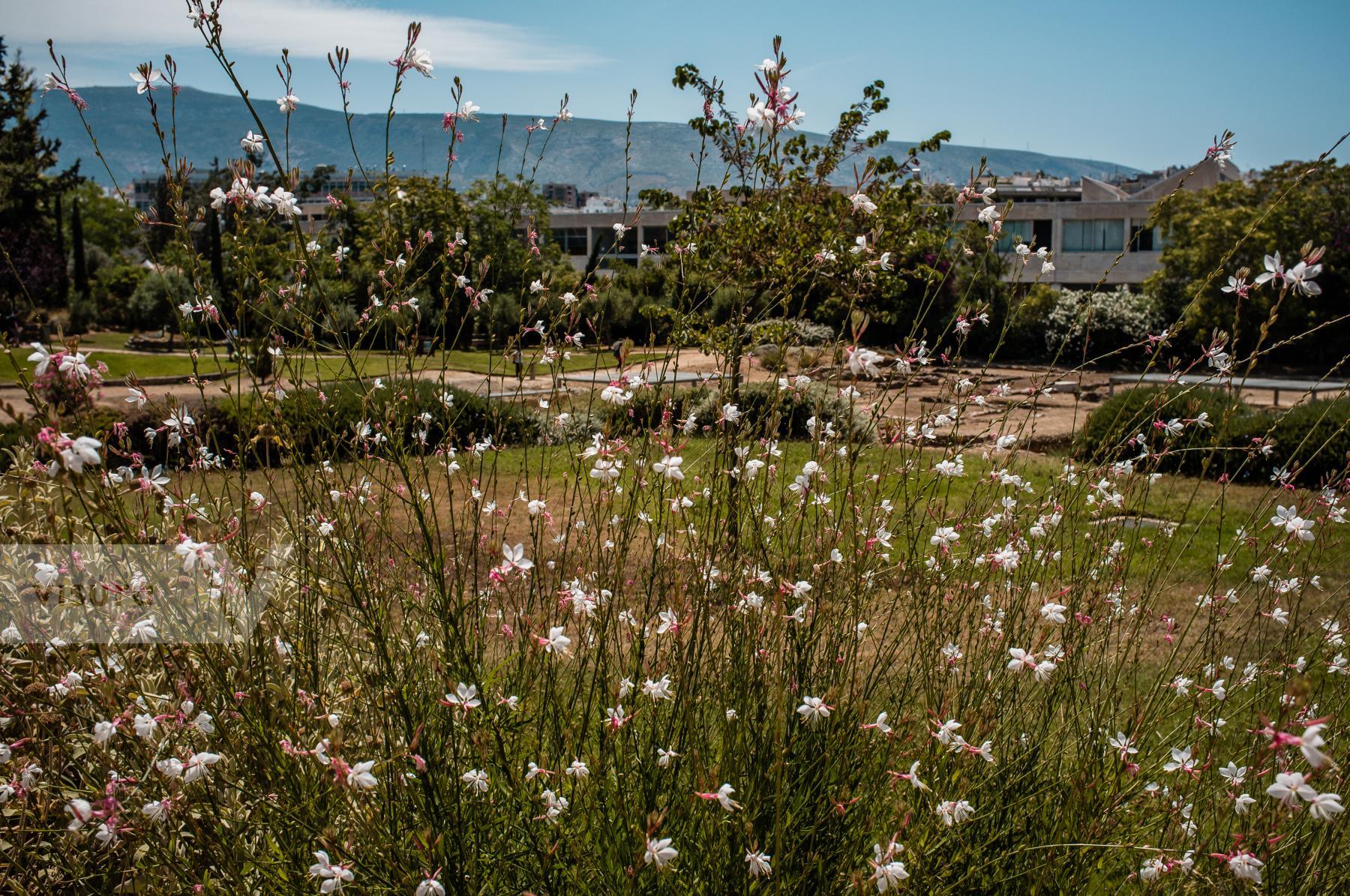
The garden of The Lyceum, a temple dedicated to Apollo Lyceus.
Best known for the Peripatetic school of philosophy founded there by Aristotle in 334 BC. During a 1996 excavation to clear space for Athens' new Museum of Modern Art, the remains of Aristotle's Lyceum were uncovered. Descriptions from the works of ancient heirs hint at the location of the grounds, speculated to be somewhere just outside the eastern boundary of ancient Athens, near the rivers Ilissos and Eridanos, and close to Lycabettus Hill. The excavation site is located in downtown Athens, by the junction of Rigillis and Vasilissis Sofias Streets

Informational panel with a photo of the area on the banks of the River Ilissos, with Olympieion and Acropolis in the background taken by Frédéric Boissonnas, ca. 1910. National HIstorical Museum photographic archive. The panel is at The Lyceum, a temple dedicated to Apollo Lyceus It was best known for the Peripatetic school of philosophy founded there by Aristotle in 334 BC.

View of Athens and Acropolis from Mount Lycabettus, also known as Lycabettos.















